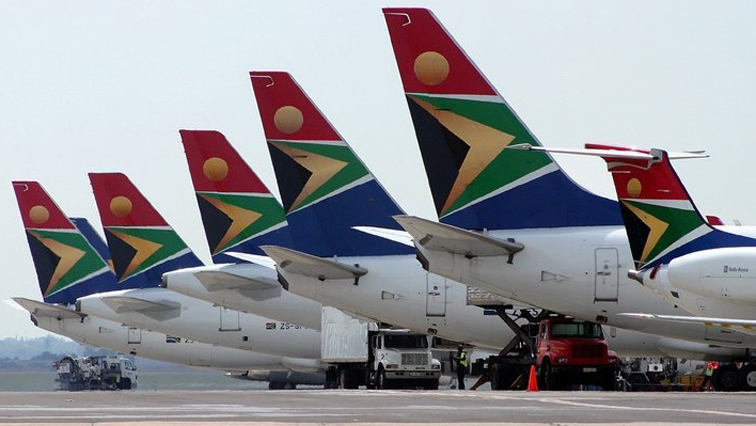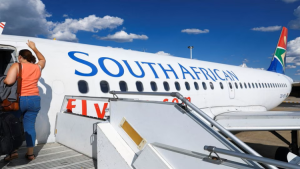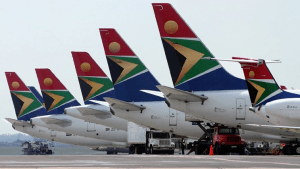Labour unions have welcomed the R3.5 billion funding of South African Airways (SAA) by the Development Bank of Southern Africa.
The National Transport Movement (NTM) confirmed that the cash strapped national carrier will receive R3.5 billion in emergency funding from the Development Bank of Southern Africa.
The union says it will meet with the Business Rescue Practitioner to look at the conditions attached to the funding.
Union president Mashudu Raphetha says they will ensure that there are minimum job losses during the airline’s restructuring.
“We cannot rule out job losses, but we believe that the government should ensure that we minimise job losses. We are going to defend our members and ensure that they have their jobs and we are calling on government to review its position,” explains NTM president.
“But we welcome the statement from lekgotla cabinet that there will be minimal job losses … we are prepared for everything that may come with the restructuring process,” adds Raphetha.
SCOPA raises concerns
Meanwhile, SCOPA Chairperson Mkhuleko Hlengwa is concerned that SAA’s R 3.5 billion government guaranteed emergency funding from the Development Bank of Southern Africa (DBSA), happens in a vacuum of non-submission of the annual financial statements to parliament.
Hlengwa says the statement which is a legal requirement has been outstanding for over two years now.
South African Airways has not made a profit since 2011 and has had more than R20 billion in bailouts over the last three years.
Hlengwa says they are scheduling a meeting with SAA and will scrutinise the latest bailout.
He says, “If we continue throwing financial solutions to non-financial problems at SAA, we are not going to solve the problem. There are far deeper restructuring and measures that need to be affected. So it is a concern to us that this money is now coming in a form of a bailout really without us having had the opportunity to scrutinise fully and effectively the overall state of health of the airline.”






